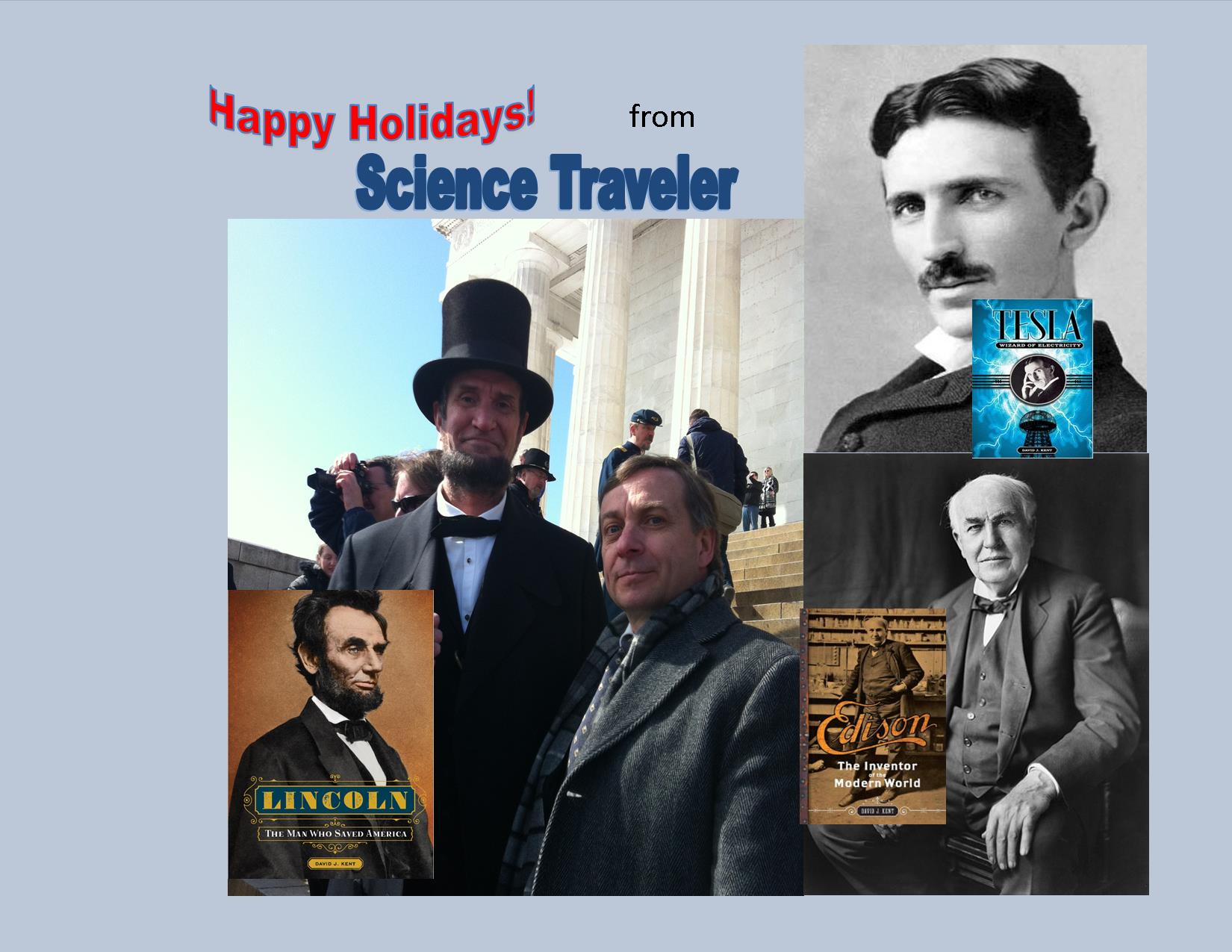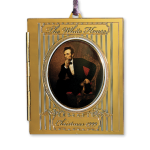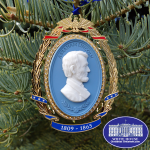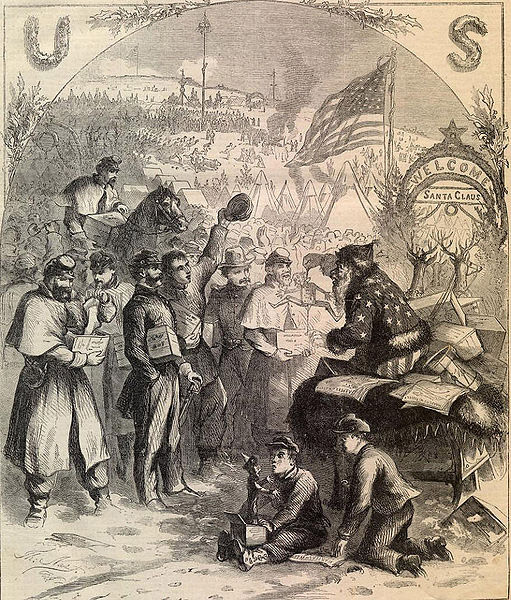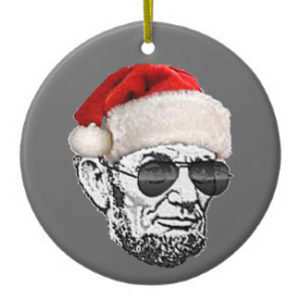 A few days before Christmas 1864, Abraham Lincoln received a Christmas present from General William T. Sherman – capture of the city of Savannah, Georgia. Lincoln was pleased, but continued to work through Christmas day on the business of running the government during war time. As I had written previously:
A few days before Christmas 1864, Abraham Lincoln received a Christmas present from General William T. Sherman – capture of the city of Savannah, Georgia. Lincoln was pleased, but continued to work through Christmas day on the business of running the government during war time. As I had written previously:
President Abraham Lincoln sent no Christmas cards and set up no Christmas tree. Of course, Christmas itself didn’t become a national holiday until President Ulysses S. Grant signed a congressional bill into law in 1870.
As a young state legislator in 1834, Lincoln voted against making Christmas a state holiday. Throughout his life, Christmas was a normal day at the office. That wasn’t unusual. Up until the mid 1800s, Christmas was celebrated with church services, not parties and presents, which were seen as unchristian.
Perhaps ironically given today’s current affairs, on Christmas day 1863 Lincoln wrote to Bayard Taylor, who had just returned from his post as secretary of legation in St. Petersburg, Russia. Lincoln suggested:
I think a good lecture or two on “Serfs, Serfdom, and Emancipation in Russia” would be both interesting and valuable. Could not you get up such a thing? Yours truly A. LINCOLN.
A few days earlier, Lincoln offered a more Lincolnesque example of goodwill and charity when he wrote a letter only recently revealed. In it he provides for Mr. and Mrs. Craig, cousins to Mrs. Lincoln, to return to their plantation in Arkansas after the area had been reclaimed by Union forces, solely to live out their final days in the home that had been in their family for years, and without the slaves they previously owned. Mr. Craig died shortly after their return; Mrs. Craig two years later. This gesture of compassion by Lincoln during a time of war “affords a glimpse of what Reconstruction would have been like had Lincoln lived.”
Even though Christmas was a work day for Lincoln, that hasn’t stopped history from adding him to the Christmas theme. Thomas Nast became famous during the Civil War as a prolific illustrator and cartoonist for Harper’s Weekly magazine. It was Nast who first introduced Santa Claus (aka, Father Christmas) as a recruiting tool for the Union army. Other illustrators showed Lincoln enjoying toys and stockings with his children, and pulling them on a sled. Modern commercialization has him featured on the traditional “ugly Christmas sweater,” dressed up in Santa hats, and as Christmas ornaments. In 1999, the White House featured Abraham Lincoln on their official holiday ornament.
If Lincoln were alive today, he most assuredly would have offered his Hanukkah greetings and given a Christmas message of hope and faith.
In his absence I wish to do the same. Happy Hanukkah, Merry Christmas, Happy Kwanzaa, and all my best wishes for a Happy and Productive New Year!
Safe travels, wherever life takes you.

Lincoln: The Fire of Genius: How Abraham Lincoln’s Commitment to Science and Technology Helped Modernize America is available at booksellers nationwide.
Limited signed copies are available via this website. The book also listed on Goodreads, the database where I keep track of my reading. Click on the “Want to Read” button to put it on your reading list. Please leave a review on Goodreads and Amazon if you like the book.
You also follow my author page on Facebook.
David J. Kent is President of the Lincoln Group of DC and the author of Lincoln: The Fire of Genius: How Abraham Lincoln’s Commitment to Science and Technology Helped Modernize America and Lincoln: The Man Who Saved America.
His previous books include Tesla: The Wizard of Electricity and Edison: The Inventor of the Modern World and two specialty e-books: Nikola Tesla: Renewable Energy Ahead of Its Time and Abraham Lincoln and Nikola Tesla: Connected by Fate.














